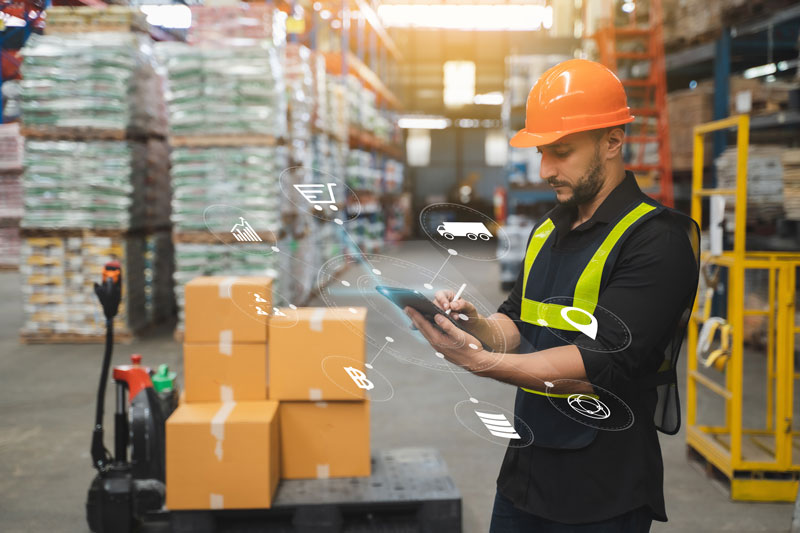As states and countries re-open in the midst of the COVID-19 pandemic, the hope is that everything will get back to normal. There are certainly aspects of life that will never quite get back to what they were like before the pandemic. The supply chain could very well end up being one aspect that is forever changed.
In a recent survey by BSI, about half of the respondents said that they will be making changes to their supply chain going forward. Just what those changes might look like for these organizations and many others is hard to imagine at this point. Here are a couple of possible approaches businesses could take, and how the supply chain of the future might shape up.
Taking advantage of efficiencies
One approach a company can take is to control as much of the supply chain as it can. Stord, a cloud-based warehousing company headquartered in Atlanta, recently purchased a transportation provider. Stord doesn’t own any warehouses – its software connects companies with warehouses that have vacant storage space for their products. The clients can use local distribution centers without worrying about the costs associated with owning and operating warehouses.
For Stord, though, the data showed as much as $1.2 billion is spent getting products from warehouses to transporters. By acquiring the transportation company, Stord is saving itself much of that expense. When companies map out their supply chains they might be able to find these types of efficiencies that allow them to keep operating when there is a disruption, and possibly even save money at the same time.
Solutions in the secondary market
Flexibility will be key for nearly everyone moving forward. The old ways of doing business for some organizations, in which they might have relied on a small group of buyers, might not be viable any longer as consumer buying habits change.
Retailers and manufacturers left with overstock or returned goods need to look for alternative markets that open them up to a more diverse group of buyers. Business intelligence solutions can help companies zero in on these secondary markets by looking at where consumers are buying the products the companies are having trouble selling. The same is true on the supply end, as organizations should make sure they have backup suppliers in different locations that will allow them to continue producing even if their primary manufacturing location is shut down.
Continuing to assess
The reality is that most companies don’t know what their own futures will look like. Some experts predict a shift away from globalization, especially with governments encouraging companies to keep their manufacturing closer to home, in some cases increasing incentives to get them to do so. Other experts warn too much self-sufficiency will drive up prices and increase competition for scarce resources.
Many organizations are taking the time now to look at the ways they were prepared for the pandemic and, more likely, how they could have been better prepared. Companies that rely on parts that come from many suppliers in multiple countries, for example, will be forced to look at alternatives.
Some of the most prepared organizations are those that had contingency plans in place due to previous disruptions, such as hurricanes or other natural disasters. The future of the supply chain is unclear. What is clear is that the pandemic has forced organizations to take a long look at the way they do business and allows them to be better prepared for anything in the years to come.
- Summer is an Opportunity for Digital Transformation in Education - April 17, 2024
- Your Car is Tracking More than Miles per Hour - April 11, 2024
- Data Can Help Provide Equal Footing in Cannabis Space - April 3, 2024




